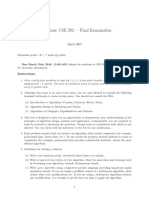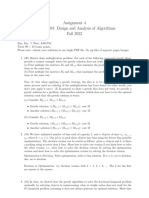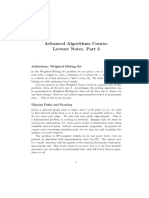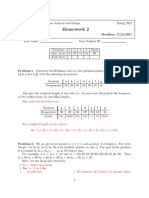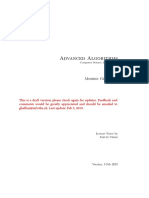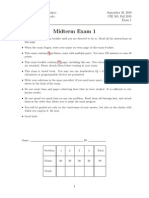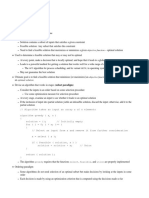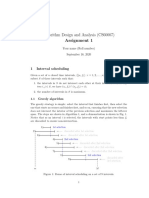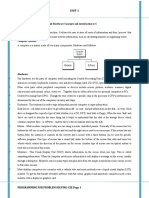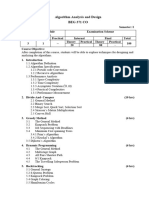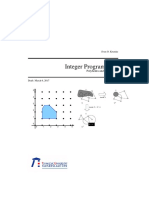0% found this document useful (0 votes)
39 views3 pagesTutorial 08
This document outlines a tutorial on the design and analysis of algorithms, covering various algorithmic problems such as optimal search for rationals, NP optimization problems, the knapsack problem, load balancing, and vertex cover problems. It includes specific tasks such as proving approximation algorithms, designing polynomial-time algorithms, and formulating problems as set cover problems. The tutorial aims to provide a comprehensive understanding of algorithmic techniques and their applications in optimization scenarios.
Uploaded by
harshsinghrajput061Copyright
© © All Rights Reserved
We take content rights seriously. If you suspect this is your content, claim it here.
Available Formats
Download as PDF, TXT or read online on Scribd
0% found this document useful (0 votes)
39 views3 pagesTutorial 08
This document outlines a tutorial on the design and analysis of algorithms, covering various algorithmic problems such as optimal search for rationals, NP optimization problems, the knapsack problem, load balancing, and vertex cover problems. It includes specific tasks such as proving approximation algorithms, designing polynomial-time algorithms, and formulating problems as set cover problems. The tutorial aims to provide a comprehensive understanding of algorithmic techniques and their applications in optimization scenarios.
Uploaded by
harshsinghrajput061Copyright
© © All Rights Reserved
We take content rights seriously. If you suspect this is your content, claim it here.
Available Formats
Download as PDF, TXT or read online on Scribd
/ 3






